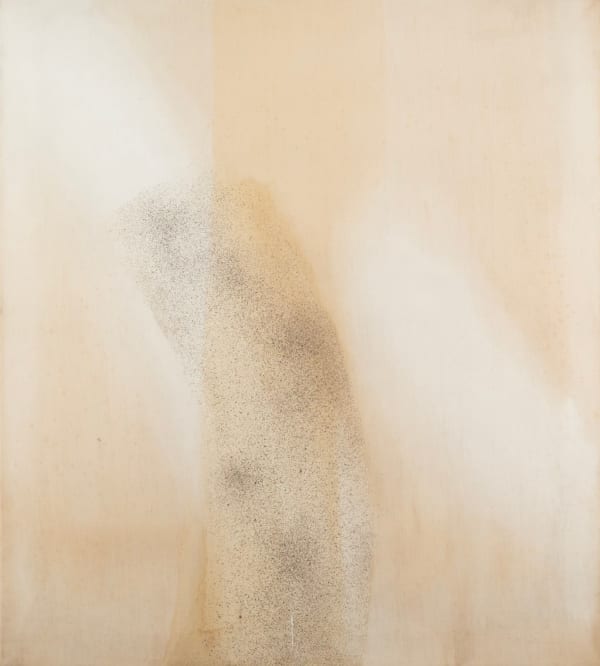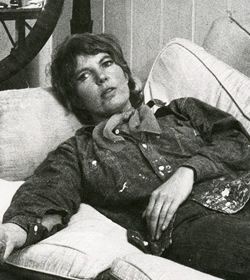Sandra Blow Paintings for Sale1925-2006
Sandra Blow was born in London in 1925, the daughter of a Kent fruit farmer whose orchards supplied retailers in Covent Garden.
She left school at 15 and in 1940 entered St Martin's School of Art, where she was taken up by her tutor, Ruskin Spear. The patronage of older male artists like Spear, Carel Weight and Robert Buhler would remain the pattern throughout her career.
After the Second World War, Blow studied at the Royal Academy Schools, before spending a year in 1947 travelling around Italy. She motorcycled around the countryside, discovering at first hand the architecture and pre-Renaissance frescos. She took up with another father figure, the well-known Italian painter Alberto Burri. While Blow did not produce work of her own in Italy, she learnt a great deal from the Italian master of "art informel" and later adapted Burri's manner of composing with sackcloth, tar and other low-grade materials.
During the 1950s, Blow was one of the pioneering abstract painters who introduced into British art an expressive informality. She utilised cheap, discarded materials such as sawdust, sackcloth and plaster alongside paint. Later, in response to the optimistic climate of the 1960s, Blow's palette lightened and for most of the rest of her career, easily manipulated collage materials, like torn paper or brightly coloured canvas cut-outs, formed her often large-scale pictures.
Despite her youth, Blow was at the forefront of the abstract art movement in Britain during the 1950s. Following her first painting sale, to Roland Penrose (a founder of the Institute of Contemporary Arts), Blow's career accelerated. Throughout the 1950s and early 1960s, she regularly exhibited with Gimpel Fils, the leading London gallery whose association with St Ives artists like Barbara Hepworth, Ben Nicholson and Peter Lanyon anticipated her move in 1957 to a cottage at Zennor near St Ives. Blow was widely exhibited abroad throughout this time, establishing the international profile that her cosmopolitan outlook warranted.
In 1957 she featured in the first John Moores biannual exhibition in Liverpool and was included in the Young Artists Section at the Venice Biennale the following year. She won the International Guggenheim Award in 1960 and won second prize at the third John Moores exhibition at the Walker Art Gallery in 1961.
In 1960, having returned to the capital, Blow acquired a large studio at Sydney Close in Kensington, where she worked for the next 24 years. In 1961 she started a 14-year stint teaching at the Royal College of Art at an auspicious moment when David Hockney, Patrick Caulfield and Ron Kitaj were among the students. In 1973 she received an honourary fellowship at the RCA. Blow was active socially, entertaining an admiring Francis Bacon in her studio and mixing with artists like Elisabeth Frink at the Chelsea Arts Club, of which she was a prominent member.
In moving to St Ives during the mid-1990s, Blow reinvigorated the Cornish art scene. She exhibited locally but also fulfilled her obligations as a Royal Academician, participating in every Summer Exhibition at Burlington House, where she enjoyed a retrospective in 1994 at the newly built Sackler Galleries. Blow dies at home on 22nd August 2006.
Blow's work in included in the collection of Deutsche Bank and the Yale Center for British Art.






